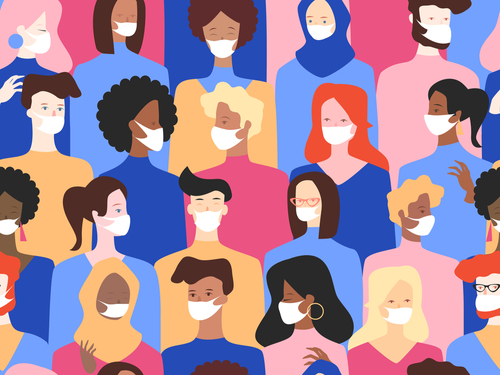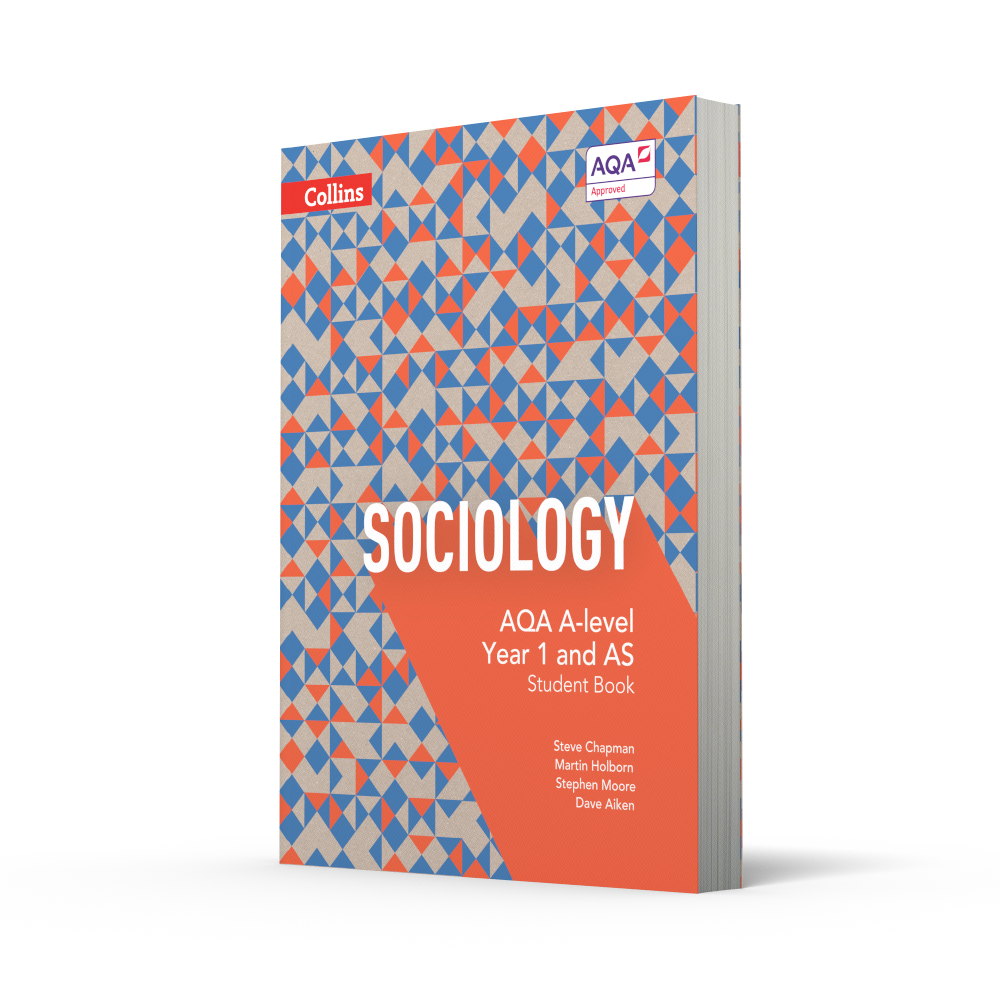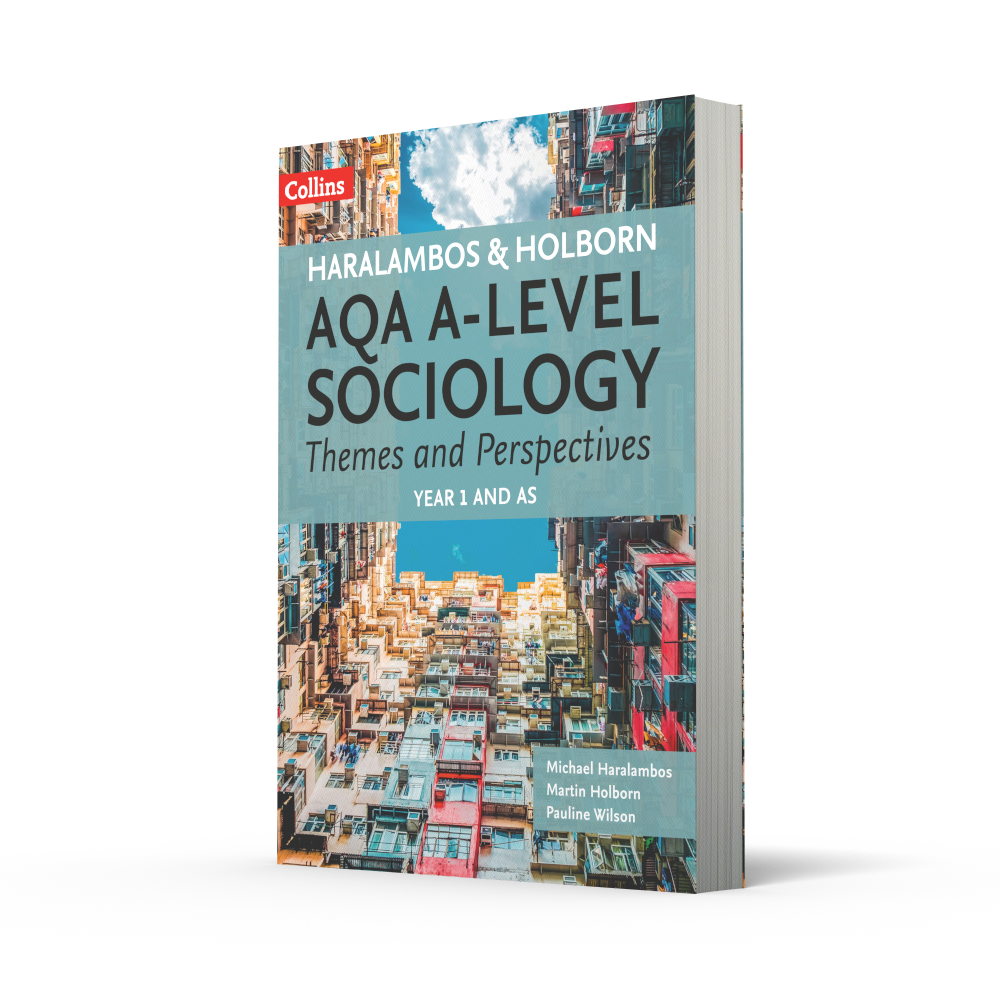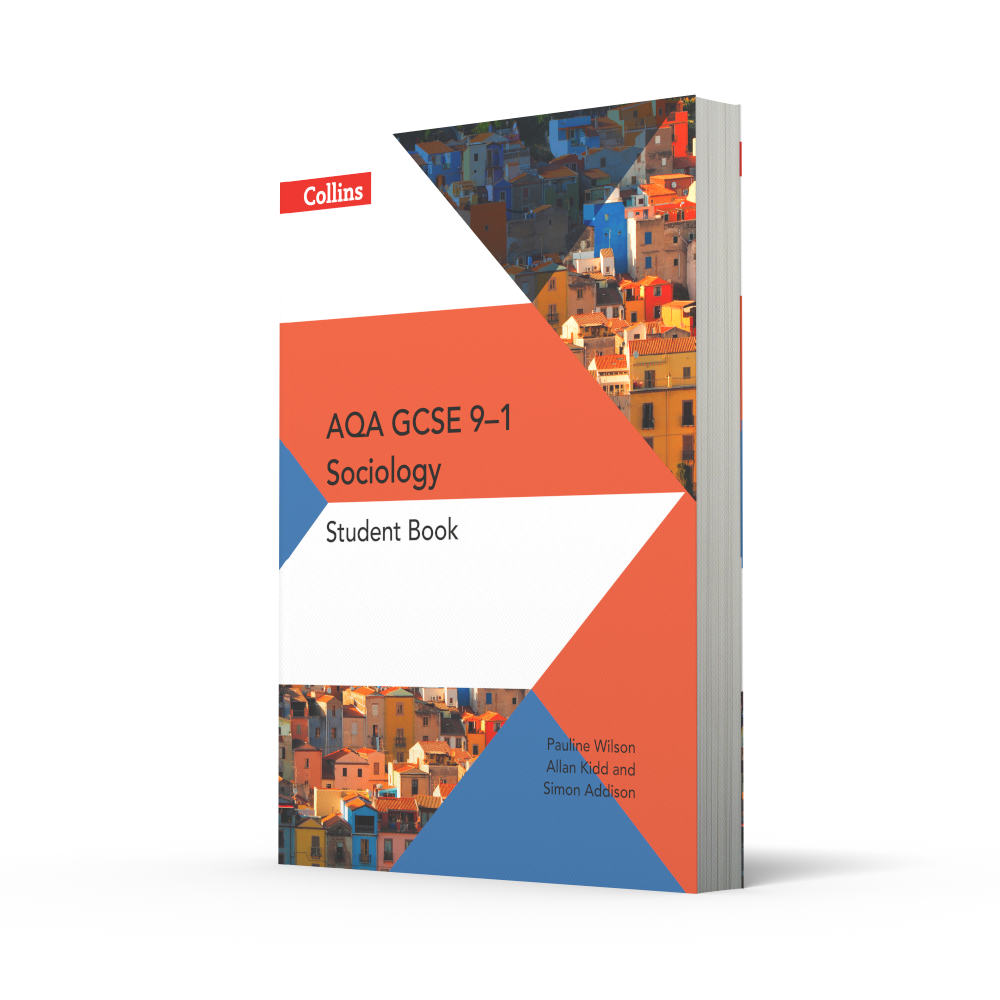As a Sociology teacher living and working through the COVID-19 pandemic, I have been fascinated by the societal impact COVID-19 has had on our society. Pandemics in general have been a topic researched by sociologists: McCoy (2017) investigated the sociology of pandemics and recently Ward (2020) wrote a commentary and research agenda focusing on the social restrictions and social isolation as a result of COVID-19. As a teacher, I was very curious about the influence of the media on our perception of COVID-19, as well as how social inequalities have been further highlighted and exaggerated. Below are some key questions to help examine COVID-19 through a sociological gaze, alongside context, ideas and resources to facilitate this discussion with your A-level Sociology students.
The media as an agent of socialisation
Key question:
How has the media depiction of the pandemic influenced our perception of it as either a danger or a moral panic?
Theory and context:
All theoretical perspectives, from functionalism through postmodernism, have debated the positive and negative impact of the media. Baudrillard’s postmodernist notion of the “information blizzard” for example, suggests that the incessant influx of information through the media affects our ability to distinguish the truth.
So, in the context of COVID-19, how has Baudrillard theory been exemplified? On one hand, there is a clear perception of COVID-19 as a danger which has been put forward by a range of societal institutions such as the NHS or the Department of Health. Think about directives such as social distancing, face mask guidelines and the closure of institutions and businesses based on scientific data. On the other, individuals have challenged the figures provided, alleging that the government is overexaggerating the dangers of the virus and conspiring to restrict the freedoms and rights of citizens.
Discussion: reliable information sources, fake news and conspiracy theories
So, what statistical evidence can sociologists use to comprehend the extent of the virus? Well, one key piece of evidence widely available is the recorded numbers of deaths and cases by the World Health Organisation (WHO). But the question is, what other information may individuals have access to? And through what medium? Here we enter the murky and confusing world of social media with conspiracy theories being shared on social media platforms. Here are some of the most intriguing conspiracy theories to discuss with your students:
Go through the links above and the statistical evidence from WHO. You could ask your students to research this before the lesson as homework or bring in their own examples to discuss.
Investigate the resources and ask students the following questions:
- How or why does information lacking in official scientific evidence influence our decision-making process as individuals?
- How has your knowledge of COVID-19 impacted on your decision making in line with the governmental directives?
- Have you followed the guidelines or rebelled against them based on information you came across online?
Social inequalities intensified by the pandemic
Key question:
How has the current pandemic intensified social inequalities, particularly in terms of class and education?
Theory and context:
Social inequality is a broad, wide-ranging and extensively investigated field in sociological research. A-level Sociology focuses on social inequality in the context of class, age, gender, and ethnicity. Here are some pieces of research that you may already have explored with your students:
- Class: The Sutton Trust and the Elite Theory
- Age: Age and the gig economy
- Gender: Gender Pay Gap
- Ethnicity: Joseph Rowntree Foundation and self-employment in BAMEd groups (pp.13-15).
The links above help to shed some insight into the evidence aligned with social inequalities.
Social class is often a taboo topic of discussion mainly because many believe that in our current postmodern society, the concept of class is obsolete. Theorists such as Pakulski and Waters have stated that our identities nowadays are influenced by our lifestyle and hobbies. However, the pandemic has highlighted class inequalities, particularly within education.
Discussion: remote learning
A key example to examine is the way in which access to remote learning differed, both institutionally and regionally, in the wake of the national lockdown and school closures earlier this year. The Sutton Trust carried out research focusing on COVID-19 and social mobility which found that the health crisis had led to clear educational inequalities, for example, the differences in access to resources for online learning and assessment has led to the UK government pledging to provide laptops to students from disadvantaged backgrounds.
Ask your students:
- How has your current school/college handled remote learning?
- Do you feel that you have missed out on learning or were the tools and resources you had available on a par with your experiences of face-to-face teaching? Explain how or why.
Discussion: A-level results
A second example, showing the impact of Covid-19 in line with class and educational inequalities, was exemplified in the recent A-level result scandal. The selected algorithm used by the government to assign final grades led to disparities in the awarding of grades to students who were disadvantaged based on socio-cultural factors. For example, disparities based on class and economic status were noticed on a regional scale (north versus south), in the type of institutions (independent versus state), but also on the basis of ethnicity. Have a look at the articles below with your students:
Ask students to investigate the resources, either individually, in pairs or as a class. Based on the information presented in both the articles, ask students the following questions:
- Does the evidence support the notion that educational inequalities are based on class?
- How may you challenge this evidence?
By Wilhelmenia Etoga Ngono, freelance blogger and Sixth form teacher based in South East England.
You might also be interested in Collins Sociology resources for GCSE and A-level. Click on the book jackets to find out more about a specific resource, or click here to see our full list of resources.






